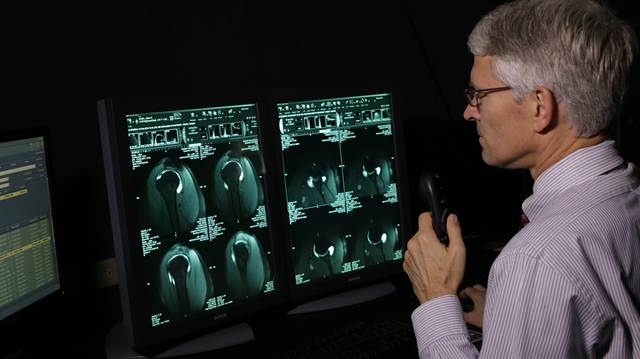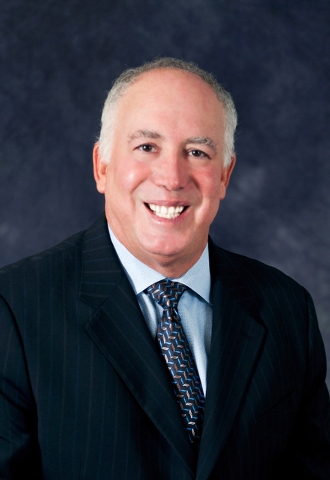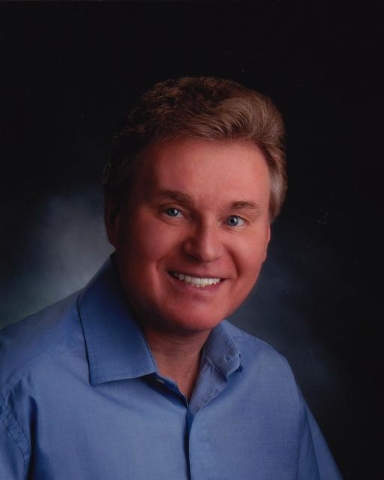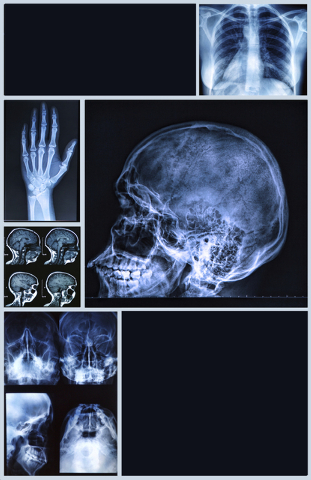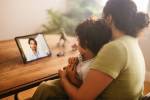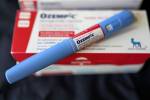Radiologists play a key role in modern medicine
Radiologists are a bit like the Rodney Dangerfields of medicine — they just can’t get any respect from the public.
Television and films have a seeming love affair with surgeons. Even coroners and pathologists get more attention from Hollywood.
But doctors know the truth, a sampling of local radiologists reveals.
“We radiologists are the doctors’ doctor,” said Dr. David Steinberg, founder of Steinberg Diagnostic in Las Vegas. “We are a diagnostic tool and a large part of medicine.”
But it’s work done off-camera and often misunderstood by patients.
“As a whole, we are not seeking attention or the limelight,” said Dr. Dean Berthoty, a diagnostic radiologist contracted to HCA Healthcare at MountainView Hospital. “We are more like linemen than quarterbacks or linebackers. We provide an essential role in doing what’s best for a patient. Referring doctors seek us out for the answer. They are very dependent on us.”
Dr. Randal Shelin, president of Desert Radiologists, understands the public’s misperceptions.
“People see us as radiologists just reading X-rays, but there is much more,” he said. “We also read CT scans, MRIs, fluoroscopies, neurographies and sonograms. … There are many subspecialties from diagnostic imaging to interventional radiology. We do quite a bit of detecting.”
Steinberg described the typical scenario this way: A family doctor sends a patient to a radiologist with an order to take an image and read it and explain why the patient is losing weight, in pain, or can’t swallow.
“The radiologist frequently tells you what’s wrong or that we see nothing,” Steinberg said. “We take the mystery out of pain and label it. It’s terribly relieving. When you label something, they lose the fear of the unknown. The radiologist defines the mystery whether it’s cancer or nothing found. It’s exciting and fun.”
But radiology was not a natural choice for many medical school graduates.
“In med school many years ago, radiology was not presented as a specialty,” Shelin recalled. “I was a flight surgeon (with the VR-55 Flight Wing Squadron at Point Magu, Calif., and overseas during Operation Iraqi Freedom), taking care of pilots and their families. As a primary care physician, you dabble in all specialties. When I chose radiology, I enjoyed working with technology. I’m very toy-oriented. As radiologists, we still have to know much about many specialties. That’s why we find it so fulfilling and interesting. It’s unique every day.”
The career choice has worked out well for Shelin. He joined Desert Radiologists in 2001 after his 20-year Navy career ended and in 2012 was elected president of Nevada’s largest diagnostic imaging practice. He leads a team of more than 60 board-certified, subspecialty trained radiology doctors, more than 350 employees and six offices in the Las Vegas Valley.
For Steinberg, radiology is a family business. His father, Dr. Leon Steinberg, built the first radiology center in Southern Nevada in 1958. Thirty years later, Leon and son David opened Steinberg Diagnostic.
The younger Steinberg was doing a fellowship with Barry Katzen in Alexandria, Va.
“He was doing angioplasty — a balloon in an artery. The patient underwent a one-hour procedure and walked out without surgery. He could unblock a bile duct, drain an abscess — all done as an outpatient.”
Steinberg went on to acquire certificates of added qualification in interventional radiology and in neuro-radiology.
“In 1988, I looked all over the country for a growing area. I came back to Las Vegas, built an outpatient angiographic clinic next to Sunrise Hospital. It was incredibly successful,” he said. “We started with a few a day in 1988, by ’89 and ’90, we were doing five to 10 a day. Most were still done in hospitals, but we did an angioplasty and kept them for only four hours and did it noninvasively. It was very exciting.”
Today, Steinberg Diagnostic has grown to include 33 radiologists and 300 employees.
Berthoty recognized radiology as a possibility as an undergraduate at the University of Western Ontario.
“I had an understanding of the technology,” he said. “My background lent itself to radiology. I have a degree in physics, while many future doctors majored in biology. We radiologists like to investigate; we are very visually oriented; we are image oriented.”
And the technology to capture those images keeps evolving.
“Radiology is constantly advancing,” Steinberg said. “We use a lot of computers. Twenty years ago, much of this technology didn’t exist. We now have color radiology, 3-D mammography. Each radiograph can be 1 gigabyte and the machines are $500,000 to $600,000. Digital mammography didn’t exist 10 years ago. We are always adding new machines to keep up with the technology”
Berthoty explained that if a patient presents with belly pain, a doctor will request a CT scan to check for probable appendicitis. Twenty to 30 years ago, the diagnosis was right about 30 percent of the time. Now, with a CT scan, the diagnosis is 99 percent accurate.
“The way medicine has evolved, the technology is amazing compared to 20 years ago. It’s challenging and fulfilling. We help direct the future of health care,” Shelin said.
There’s at least one misconception that some radiologists wish were true.
“Some people had the idea radiology would give a good lifestyle,” Berthoty said, “but now it’s 24 hours a day, seven days a week, 365 days a year. We are so vital to the practice of medicine. … We are 24/7 like the emergency room. We are the ER behind the emergency room.”
And that’s not the last misperception.
“There is a misconception that we aren’t connected to patients,” Shelin added. “Nothing is further from the truth. We have great impact. The patient says where the pain is. We look and identify the problem — diverticulitis, abscess, cancer. We make the diagnosis.
“If I do my job well, because of us, their doctor can make a correct and complete diagnosis. We find things they didn’t come in looking for. They are looking for kidney stones and we find cancer of the liver. We are a broad cross of many specialties and we can catch the diagnosis. We are very involved. A doctor says, ‘Please direct me to the correct test for these symptoms.’ ”
For all the contributions radiologists make, the opportunities in the field are not as bright as one might expect.
There were 135 residency slots for radiologists across the country in 2012, 147 in 2013 and 137 in 2014, said Dr. Mark H. Penn, chancellor of Roseman University’s fledgling College of Medicine. He said that’s a factor in many doctors’ choice of a specialty. If there aren’t many openings, not many want that residency match.
Maybe the radiology profession could improve the public’s understanding of its contributions by sponsoring development of “Radiology: Las Vegas” as a spinoff of television’s popular “CSI” Las Vegas franchise. It couldn’t hurt.



